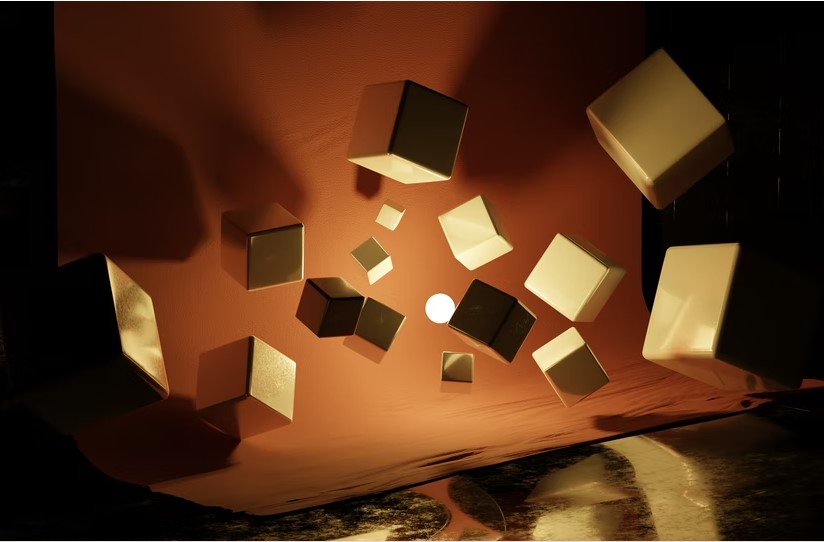The future with 3D modeling and printing is full of innovation meant to make life more comfortable. Today there are attempts to create virtually anything on a 3D printer, and a great part of the innovations are groundbreaking.
Healthcare
One of the most sensitive industries healthcare has promised to transform itself with 3D printing. Today healthcare practices 3D modeling and printing of body parts, skin, and organs with human tissue as a material. Sounds futuristic but in the future, we will be able to get 3D printed transplants without the need to wait for a donor. Bioprinting, prosthetics, and replication will become the most significant achievement of the century.
Aerospace
Lightweight aircraft body parts are now exclusively printed on a 3D printer. The technology promises to change the whole culture of manufacturing expensive parts.
Automotive
Similar to aerospace, car companies are implementing the technology to reduce body and engine parts’ production costs. In the future, the whole car may be printed.
Construction and manufacturing
Those two industries were the first to benefit from 3D printing. Allowing any good to be produced at a speed the industries use less material and resources while registering the fastest deployment. Life is very fast, and there is no excuse for delays.
How is 3D printing affecting the design industry?
Most of all, 3D printing has changed the design industry in multiple ways.
- Global market players use 3D printing for design
Major brands like Nokia, Nike, Iittala, and others have started using 3D printing for product design and manufacturing as a way of streamlining the production process. For smaller industries and brands, 3D printing can become a massive trigger for fast deployment and promotion.
- Creating custom designs
3D printing has empowered the most daring ideas, thus giving all the tools to be unique in the market. Companies can now fulfill ideas quickly with fewer expenses and resources. It means a faster design-to-product timeline and increased demand for both CAD designers and 3D printing technologies.
- More efficient design prototyping and production
With the accessibility of 3D printing techniques and tools, virtually any designer can master 3D printing and use it in practice. Fast testing and multiple prototyping will help small businesses save budget.
- Waste reduction during product creating
With 3D printing, the production starts to use raw materials when the design is approved after prototyping. Skipping several steps of prototyping with actual materials will significantly reduce costs and contribute to waste reduction.
![]()
Article provided by BeeGraphy
Date: APR 06, 2022



